Essential Facets of Torque Convertor Transmissions

Transmission systems have been a big priority for vehicle manufacturers over the years. They've tried to introduce new ways to increase automation and reduce manual intervention in gearboxes. Such efforts have led to several types of transmission systems in the market that people can choose from. One such transmission type is the torque converter transmission. There are several aspects of this transmission system that make it a popular choice among vehicle enthusiasts.

Photo Credit: https://pixabay.com
What is torque convertor transmission?
This transmission system is typically used in automatic gears. The clutch is replaced with a torque convertor. The fluid inside the converter is connected to the transmission, which is connected to the wheels. When brakes are applied, the fluid turns and idles the engine bringing the car to a halt. When the accelerator is applied, the fluid turns the wheels, and the car begins to move. Since the fluid is so flexible, the transition is very smooth for the car. Examples of such cars include Porsche's Tiptronic and Mercedes-Benz's G-Tronic.

Photo Credit: https://pixabay.com
How does a torque converter work?
Torque converters consist of four major parts:
- Torque Convertor Pump
- Turbine
- Stator
- Front and Rear covers
The entire casing of the converter rotates at the same RPM as the engine. The fluid present inside the casing is spread by the pump using centrifugal force. The turbine is connected to the output shaft. The stator is used to rotate the direction of the fluid coming out of the turbine, which concludes the entire cycle.
Advantages of torque convertor transmission
There are several advantages of torque convertor that make it a primary attraction for car buyers:
- This is truly automatic. It is way more convenient than other transmission systems, and the car can start and stop without any manual intervention.
- When the gear is fully engaged, the torque converter acts like a CVT gearbox which means the car can accelerate faster and smoother.
- They experience a flywheel effect, which means they have a smoother idle operation than other cars.
- Compared to manual transmission systems, these convertors can go through infinite slippage.
- Transmission overheating is prevented since the converter acts as a reservoir for transmission fluid.

Photo Credit: https://pixabay.com
Disadvantages of torque convertor transmission
There are several cons to using torque convertor transmissions that include:
- They are a pretty costly option. As it is evident that they are fully automatic, they cost a lot more than manual transmissions.
- They are not the most fuel-efficient option that one could hope for.
- The repair costs of torque convertor transmission systems are way higher than manual transmissions. That is because the parts are pretty costly to repair or replace. Special training is needed to be able to fix these systems as well.
Trending News
Latest News
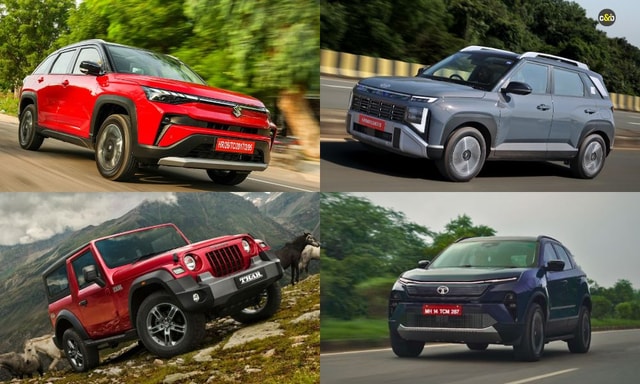 car&bike Team | Dec 1, 2025Car Sales November 2025: Major Brands Witness Dip In Domestic numbers After Bumper OctoberAfter a record breaking October most automakers witnessed a drop in car sales in November, but they were still able to hold on to the momentum.1 min read
car&bike Team | Dec 1, 2025Car Sales November 2025: Major Brands Witness Dip In Domestic numbers After Bumper OctoberAfter a record breaking October most automakers witnessed a drop in car sales in November, but they were still able to hold on to the momentum.1 min read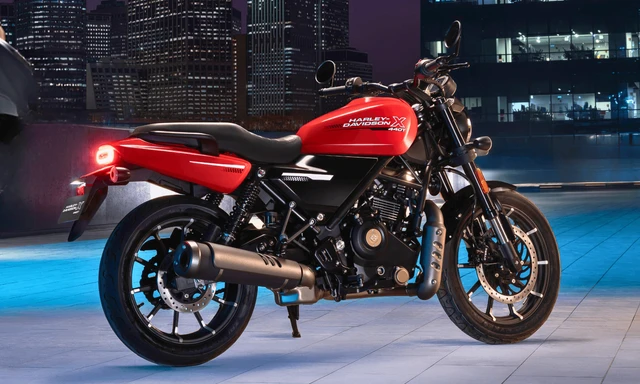 Jafar Rizvi | Dec 1, 2025New Harley Davidson X440T Unveiled Ahead Of LaunchThe X440T gets a revised rear-end, while carrying the same look as the X440 motorcycle.1 min read
Jafar Rizvi | Dec 1, 2025New Harley Davidson X440T Unveiled Ahead Of LaunchThe X440T gets a revised rear-end, while carrying the same look as the X440 motorcycle.1 min read Jafar Rizvi | Dec 1, 20252025 India Bike Week Venue Changed: To Be Held In PanchganiAfter weeks of uncertainty, 2025 IBW will be held at a new venue On December 19, 20.2 mins read
Jafar Rizvi | Dec 1, 20252025 India Bike Week Venue Changed: To Be Held In PanchganiAfter weeks of uncertainty, 2025 IBW will be held at a new venue On December 19, 20.2 mins read car&bike Team | Dec 1, 2025BYD Sealion 7 Prices To Be Hiked From January 1, 2026The company has not given a reason for the price hike, however, we suspect it’s in line with the auto industry’s trend of increasing prices at the start of a new year.1 min read
car&bike Team | Dec 1, 2025BYD Sealion 7 Prices To Be Hiked From January 1, 2026The company has not given a reason for the price hike, however, we suspect it’s in line with the auto industry’s trend of increasing prices at the start of a new year.1 min read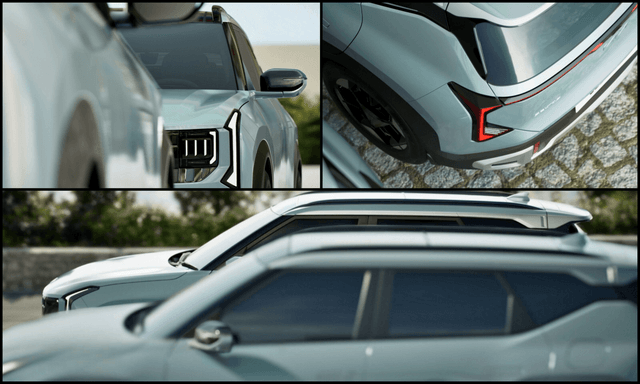 car&bike Team | Dec 1, 20252026 Kia Seltos Teased Ahead Of Debut On December 10The Seltos for its second-generation gets a complete exterior overhaul.1 min read
car&bike Team | Dec 1, 20252026 Kia Seltos Teased Ahead Of Debut On December 10The Seltos for its second-generation gets a complete exterior overhaul.1 min read car&bike Team | Dec 1, 2025Boman Irani, Classic Legends Win Yezdi Trademark CaseThe Karnataka High Court has restored the Yezdi trademark in favour of Boman R. Irani and Classic Legends Pvt Ltd, ruling that Ideal Jawa (India) Ltd had “abandoned” the usage of the trademark “Yezdi.”3 mins read
car&bike Team | Dec 1, 2025Boman Irani, Classic Legends Win Yezdi Trademark CaseThe Karnataka High Court has restored the Yezdi trademark in favour of Boman R. Irani and Classic Legends Pvt Ltd, ruling that Ideal Jawa (India) Ltd had “abandoned” the usage of the trademark “Yezdi.”3 mins read
 Seshan Vijayraghvan | Nov 29, 2025Mahindra XEV 9S First Drive Review: Big Electric SUV, Bigger ExpectationsThe XEV 9S lands at a time when the EV crowd is growing fast. It’s a big, born-electric, three-row SUV that starts under 20 lakh. It sits close to the XUV700 in size, but the brief is very different. Here’s what it’s like on the road.11 mins read
Seshan Vijayraghvan | Nov 29, 2025Mahindra XEV 9S First Drive Review: Big Electric SUV, Bigger ExpectationsThe XEV 9S lands at a time when the EV crowd is growing fast. It’s a big, born-electric, three-row SUV that starts under 20 lakh. It sits close to the XUV700 in size, but the brief is very different. Here’s what it’s like on the road.11 mins read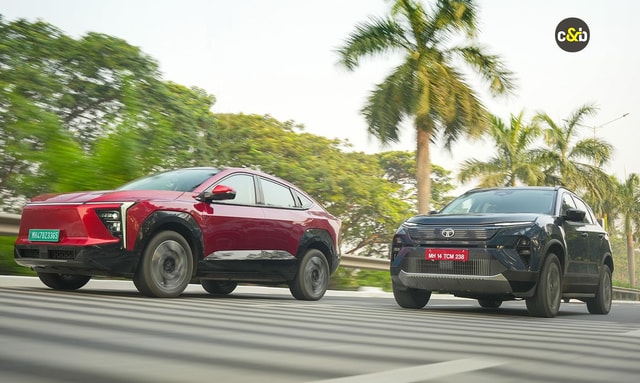 Bilal Firfiray | Nov 26, 2025Tata Harrier EV vs Mahindra XEV 9e: Battle Of India’s Electric TitansWhen India made two electric SUVs battle it out, the winner is the buyer. They get a choice to take home what’s best suited for them – and read on to find out which one is better for YOU.1 min read
Bilal Firfiray | Nov 26, 2025Tata Harrier EV vs Mahindra XEV 9e: Battle Of India’s Electric TitansWhen India made two electric SUVs battle it out, the winner is the buyer. They get a choice to take home what’s best suited for them – and read on to find out which one is better for YOU.1 min read Janak Sorap | Nov 19, 2025Hero Xpulse 210 Vs Kawasaki KLX 230 Comparison Review: Dual-Sport DilemmaWith a price difference of just Rs 12,000, which of the two dual-sport motorcycles is meant for you?1 min read
Janak Sorap | Nov 19, 2025Hero Xpulse 210 Vs Kawasaki KLX 230 Comparison Review: Dual-Sport DilemmaWith a price difference of just Rs 12,000, which of the two dual-sport motorcycles is meant for you?1 min read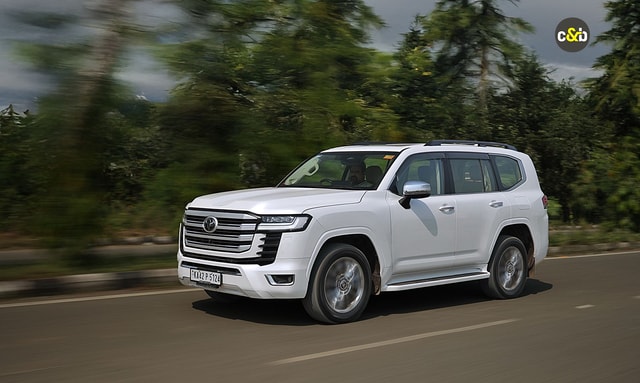 Jaiveer Mehra | Nov 17, 20252025 Toyota Land Cruiser 300 Review: Beast From The EastThe Land Cruiser name may have a long and storied history, but does it fit the bill for an Rs 2 crore-plus SUV in India?13 mins read
Jaiveer Mehra | Nov 17, 20252025 Toyota Land Cruiser 300 Review: Beast From The EastThe Land Cruiser name may have a long and storied history, but does it fit the bill for an Rs 2 crore-plus SUV in India?13 mins read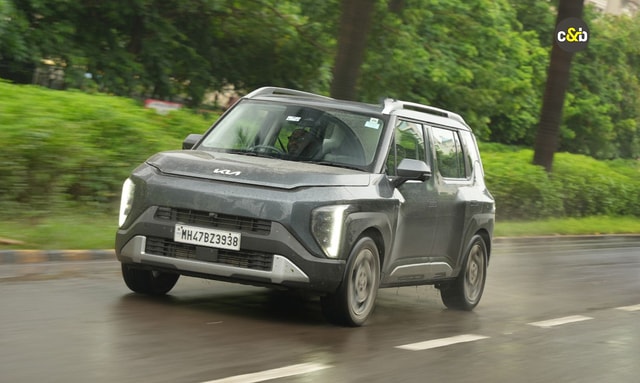 Seshan Vijayraghvan | Nov 17, 2025Kia Syros 1.0 Turbo Petrol: 6000 km Long-Term Review – Final Report!I lived with the Syros for more than 6000 km, over 3 months, and in this final report, I am going to talk about the Pros, the Cons, and everything in between.1 min read
Seshan Vijayraghvan | Nov 17, 2025Kia Syros 1.0 Turbo Petrol: 6000 km Long-Term Review – Final Report!I lived with the Syros for more than 6000 km, over 3 months, and in this final report, I am going to talk about the Pros, the Cons, and everything in between.1 min read































































































































